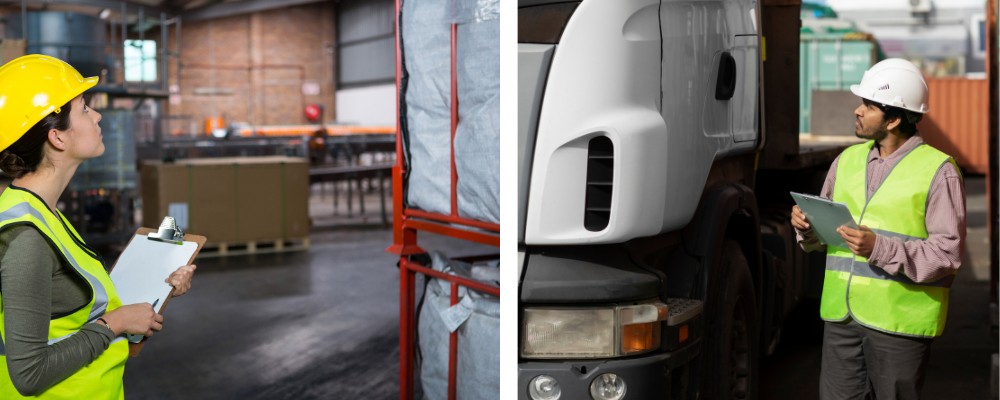
Importing goods can be a complex process, especially when it comes to clearing customs. One particular aspect that often causes confusion and anxiety among importers is customs exams. In this article, we will delve into the different types of exams and procedures involved in the customs examination process.
Types of Holds:
There are several types of holds that Customs and Border Protection (CBP) may place on your shipment. Let’s take a closer look at some of the most common ones:
1. Manifest Hold: A manifest hold is a generic hold placed on an entire container or shipment by CBP. This type of hold is usually initiated to verify documentation accuracy before allowing entry into the country.
2. Commercial Enforcement Hold: This type of hold usually occurs if there are potential trademark infringement issues with imported goods. CBP wants to ensure that you have legal permission to use any brand names or trademarks associated with your products.
3. Anti-Terrorism/Contraband Enforcement Team Hold: Referred to as “80 cent” holds, these examinations focus on shipments from countries with unstable political situations or strained relationships with the United States. CBP wants to ensure that no harmful substances or potentially dangerous materials enter the country under false pretenses.
4. Statistical Validation Hold: While not as common, statistical validation holds occur when there are discrepancies between reported quantities in relation to historical data for specific items being imported. CBP uses this additional exam step when they suspect misclassification or inaccurate reporting.
5.PGA (Partner Government Agency) Holds: These holds involve government agencies such as USDA, FDA, Fish and Wildlife Service, CPSC (Consumer Product Safety Commission), EPA (Environmental Protection Agency), etc., which have separate requirements beyond general customs clearance procedures due to their specific jurisdiction over certain types of imported goods.
Procedures for PGA Holds:
When dealing with PGA holds like FDA or USDA exams, the process can be slightly different. Instead of a traditional customs exam, these agencies have their own examination methods through ACE (Automated Commercial Environment). Here’s how it typically works:
1. Hold Intact Message: Upon submitting your entry information to CBP via ACE, if any PGA agency decides to take a closer look at your shipment, you will receive a hold intact message from that agency.
2. Additional Documentation Submission: The agency in question (e.g., FDA) will request additional information or documentation related to the goods being imported. This could include product labeling, ingredient lists, certificates of analysis, etc.
3. Physical Examination: Depending on the nature of the products and concerns raised by the PGA agency during their review of submitted documents, they may require an actual physical examination of the goods before granting permission for entry into the country.
4. May Proceed Message: Once satisfied with all necessary requirements and inspections completed successfully by the respective PGA authority involved in your case (e.g., FDA), you will receive a “may proceed” message indicating that you can move forward with importing those particular goods.

Types of Customs Exams:
When it comes to customs exams themselves (excluding PGA holds), there are several levels of intensity depending on various factors such as risk assessment or suspicions raised during initial screenings:
1.Vehicle and Cargo Inspection System (VACIS)/X-Ray Exam: This is considered one of the least intrusive types of exams where CBP uses X-ray technology to scan containers quickly and efficiently without physically opening them up unless something suspicious is detected.
2.Tailgate Exam: A tailgate exam involves physically opening up only part of a container or cargo space located towards its rear end for inspection purposes while leaving other sections untouched if no issues are found during this partial examination step.
3.Intensive Exam: Considered more invasive than tailgate exams; intensive exams involve thorough scrutiny involving potential unloading/inspection of the entire container, examination of individual boxes, and even taking samples if necessary.








